In a circular economy, resources are kept moving within a system in perpetuity and extracted natural resources are regenerated.
There’s no such thing as waste
Waste is the failure of system participants to utilise resources. Reframe your thinking of waste to an ASSET.
10 R’s
Professor Jacqueline Cramer developed the following prioritisation of circularisation strategies.
Cramer, J., The Raw Materials Transition in the Amsterdam Metropolitan Area:
Added Value for the Economy, Well-Being and the Environment, Environment, 2017, 59, 3, 14-21, https://doi.org/10.1080/00139157.2017.1301167
Humans are demanding more than the Earth can regenerate
Earth Overshoot Day is computed by dividing the planet’s biocapacity (the amount of ecological resources Earth is able to generate that year), by humanity’s Ecological Footprint (humanity’s demand for that year), and multiplying by 365 (the number of days in a year). Country Overshoot Days are the days Earth Overshoot Day would be if the world’s population lived like people from each country. In 2023, Earth Overshoot Day was on the 2nd of August. If the world’s population lived like Australians, Overshoot Day would fall on the 5th of April.
Doughnut Economics
“Humanity’s 21st century challenge is clear: to meet the needs of all people within the means of this extraordinary, unique, living planet. So that we, and the rest of nature, can thrive,” Kate Raworth, the economist behind the theory, explains during a 2018 TED Talk.
(Watch the fascinating talk below or skip to 6.40 for a breakdown of doughnut economics.)
Country Centred Circular Economy
The Indigenous Doughnut is a Country Centred Circular Economy (CC-CE) model. The indigenous doughnut draws on millennia of learnings of managing, living and thriving on Country.
“It has been created to enable a better understanding that our relationship with Country over generations gives us knowledge and authority to give guidance about incorporating the connection and care of Country principles into circular and regenerative economy practice.” Paul Paton July 2023
The Indigenous Doughnut is a CC-CE model that can be:
- Adapted, translated and utilised by local Traditional Owners, to suit their Country, Culture, Language, Community and Economic priorities.
- Utilised by all Australian Businesses, Government Agencies and Partners to ‘Walk together’.
The Country Centred Circular Economy ‘S’ Strategies.
C01. Stewardship – An obligation to care for Country. Not to be cruel. Moderate use of resources.
C02. Seasons – Understand Seasonal indicators and considerations.
C03. Species – Know local Species and ecosystem relationships. Local species as Participants.
C04. Source – Identify indigenous sustainable Sources. E.g. Original water tables.
C05. Sharing – Sharing and Reciprocity. E.g. Share abundant seasonal crops with neighbours.
C06. Social Impact – Actions that contribute to societal well-being.
C07. Supply chains – Sustainable, regenerative, fair and transparent supply chains.
C08. Systems – Systems not Silos. Develop collaborative business systems.
C09. Scale – How does it operate on Country at different scales? Macro, Meso and Micro.
C10. Sense and Respond – Feedback Loops. Capture and respond to real needs.
C11. Synergy and Time – Take a broader and longer view of time. Yesterday, Today & Tomorrow.
C12. Songlines and Stories – Respect Cultural Knowledge and Lore. Seek publicly available information.
Indigenous Māori View of Doughnut Economics
Teina Boasa-Dean and Juhi Shareef reimagined Kate Raworth’s doughnut (pakeha perspective) from a Tūhoe Māori perspective. The ecological foundation at the centre is Ranginui (the sky, the father of all things) and Papatūānuku (the earth, the mother of all things). Together they enable humanity to thrive (social elements on the outer ring).
Technical and Biological Cycles
The Ellen Macarthur Foundation describes the circular economy using a graphic known as the “butterfly diagram”. It illustrates the continuous flow of materials in a circular economy using technical and biological cycles. In the technical cycle, products and materials are circulated through reusing, repairing, remanufacturing and recycling. In the biological cycle, the nutrients from biodegradable materials are returned to the Earth to regenerate nature.
Who are the Aussie Circular Economy players?
Who are the global CE leaders?
Learning Resources
Log in to view these free resources.
Don’t have an account? No worries; sign up for your free membership today.
Beginner: If you have never heard of the ‘circular economy’ or think that it’s just recycling, prepare to have your mind blown.
Intermediate: Intermediate resources are for you if you’re not a CE virgin but need to be reminded what the jargon and acronyms mean.
Advanced: Advanced resources are for you if you aren’t calling for a translator in an hour-long conversation with a CE professional.
Leader: Leader resources are for you if you understand the topic and are looking for something new and innovative.
Expert: Expert resources are for you if you know your stuff and like to push and be pushed into the unknown.
Waste
Waste as an ASSET
Tool
Wellbeing
Australian Circular Economy Hub | Planet Ark
Web link
Waste
Small Business Month 2022 | eLearning module 1 of 3
E-learning Module
Climate Change Adaptation
Task Force on Climate-related Financial Disclosures (TCFD) Overview
Web link
Biodiversity
Australian Department of Environment: Biodiversity
Web link
Biodiversity
ARIES – The Australian Research Institute for Environment and Sustainability
Web link
Climate Change Adaptation
State of the Climate 2014
Web link
Circular advantage
Web link
Circular Economy for SMEs – Project Summary
Web link
Biodiversity
Australian Bureau of Statistics: Australian Biodiversity
Web link
Innovations for a Circular Economy – GECA
Video
What the future holds for the circular economy and how we can get there
Document / Presentation
Waste
Building Circularity | Case Study | MECLA, Development WA
Case Study
Environmental management
Environmental management in Australia
Web link
The Circularity Gap Report 2020 | Circle Economy
Document / Presentation
The Circularity Gap Report 2021
Web link
Buying it Back LGA Circular Procurement Pilot Project South Australia
Web link
Wellbeing
Recycling Victoria – circular economy policy and 10-year action plan
Web link
The new economy of waste infographic by Westpac Institutional Bank
Web link
Waste
Circular Economy | Investa Sustainability Leadership Series with Veena Sahajwalla 1
Video
Waste
Circular Economy | Investa Sustainability Leadership Series with Veena Sahajwalla 2
Video
Waste
Circular Economy | Investa Sustainability Leadership Series with Veena Sahajwalla 3
Video
Waste
Circular Economy | Investa Sustainability Leadership Series with Veena Sahajwalla 4
Video
Waste
Circular Economy | Investa Sustainability Leadership Series with Lois Dillon 5
Video
Circularity in Australian Business 2021: Awareness, Knowledge and Perceptions
Document / Presentation
Wellbeing
Spiralling into the future of our circular economy
Video
Environmental management
Environmental Legislation in Australia (Department of Environment)
Web link

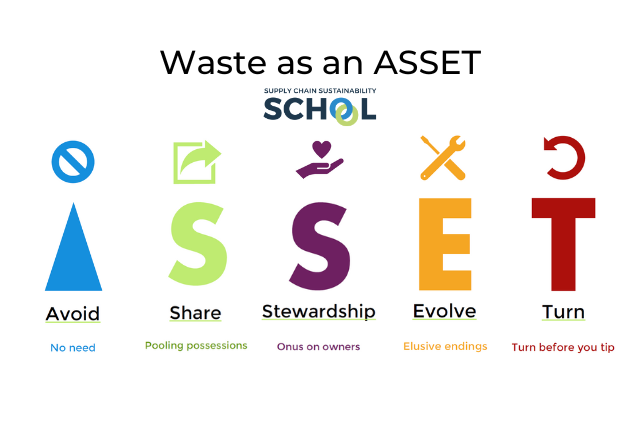
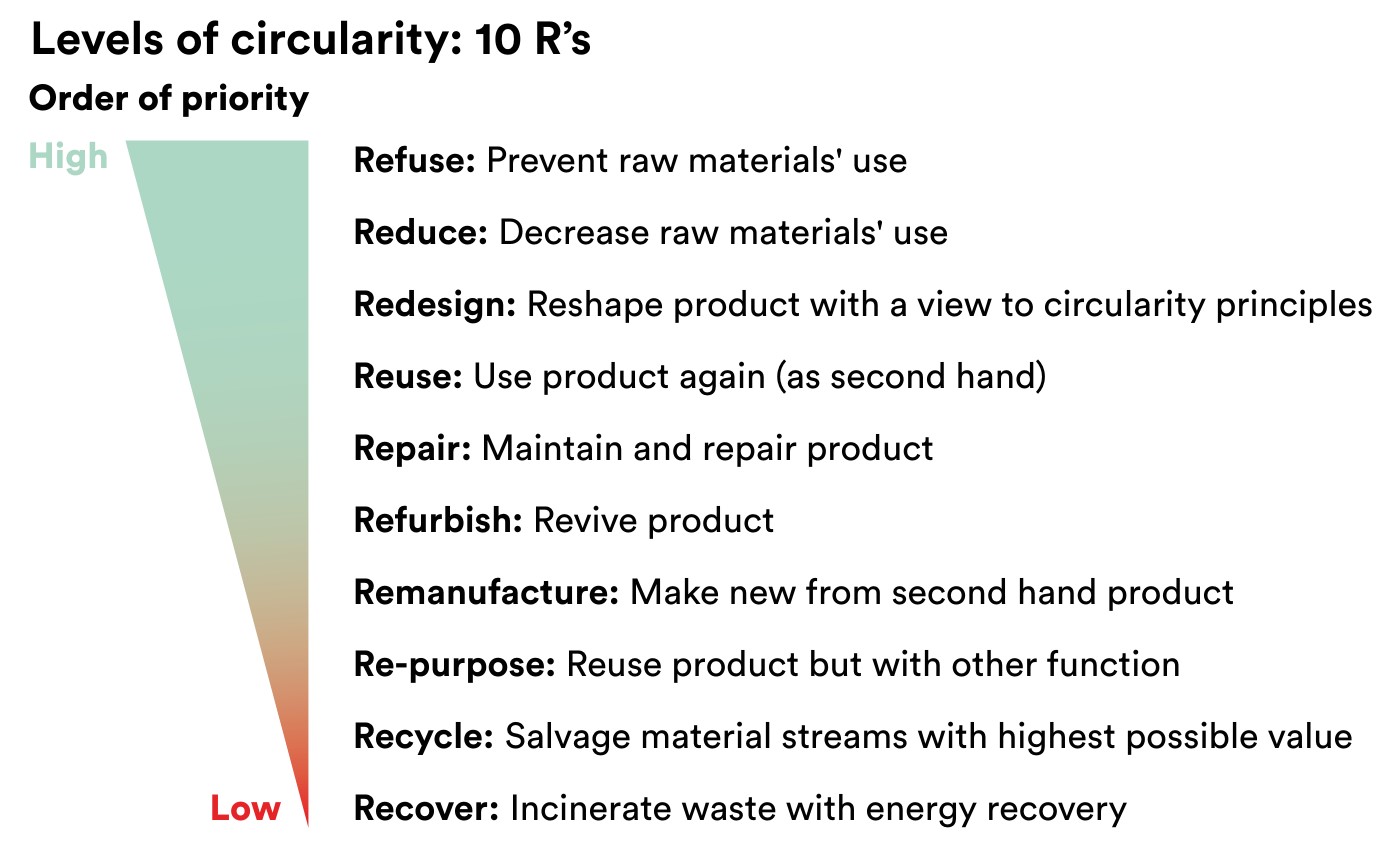
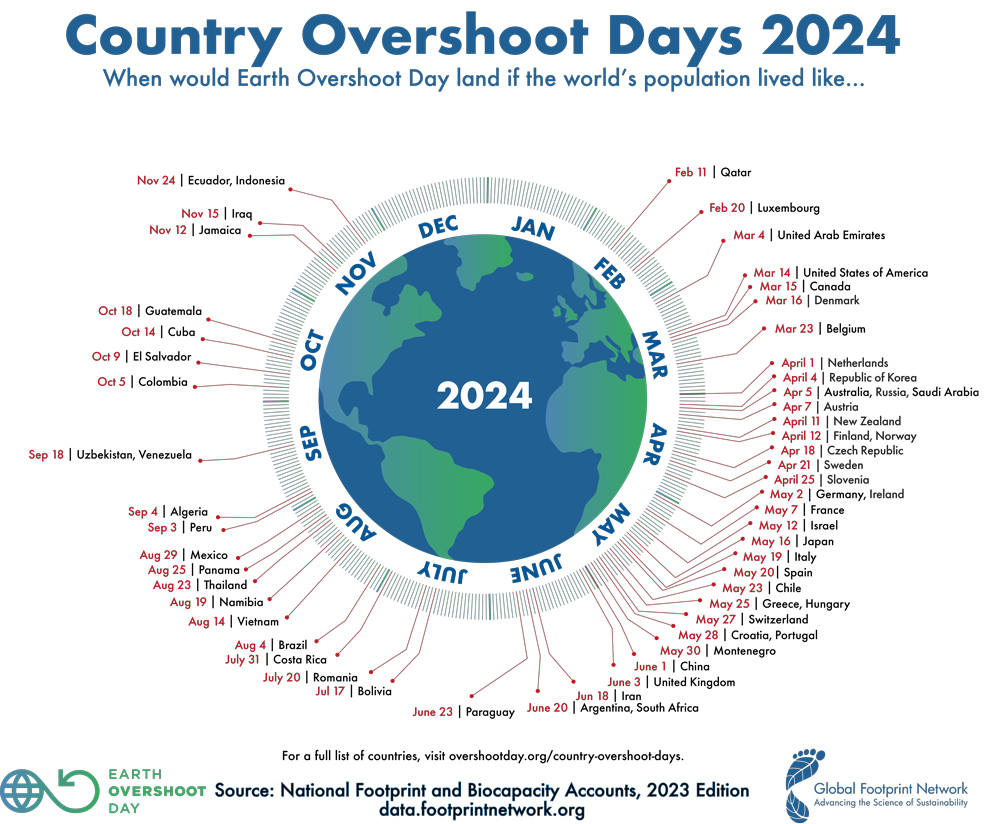
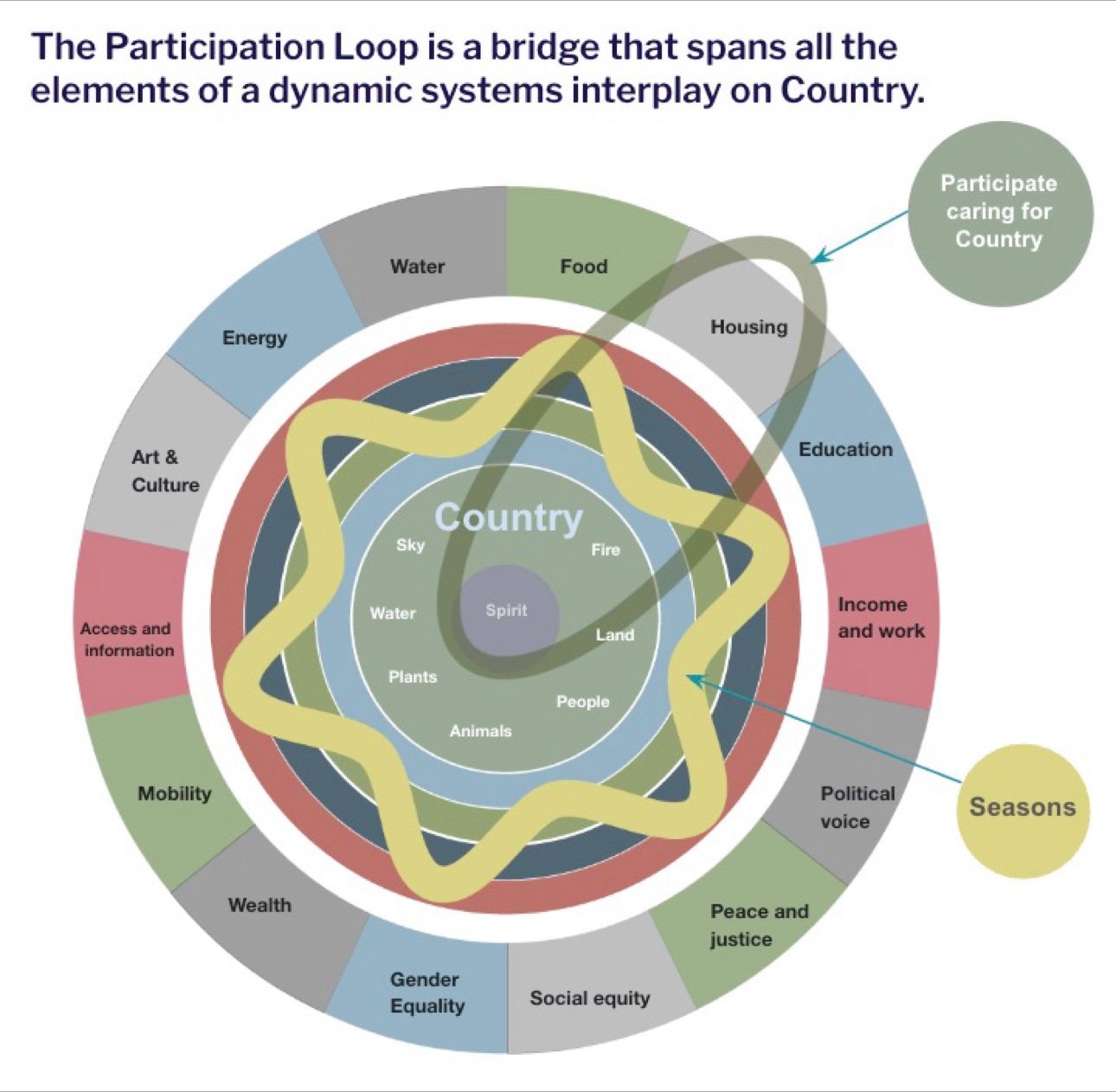
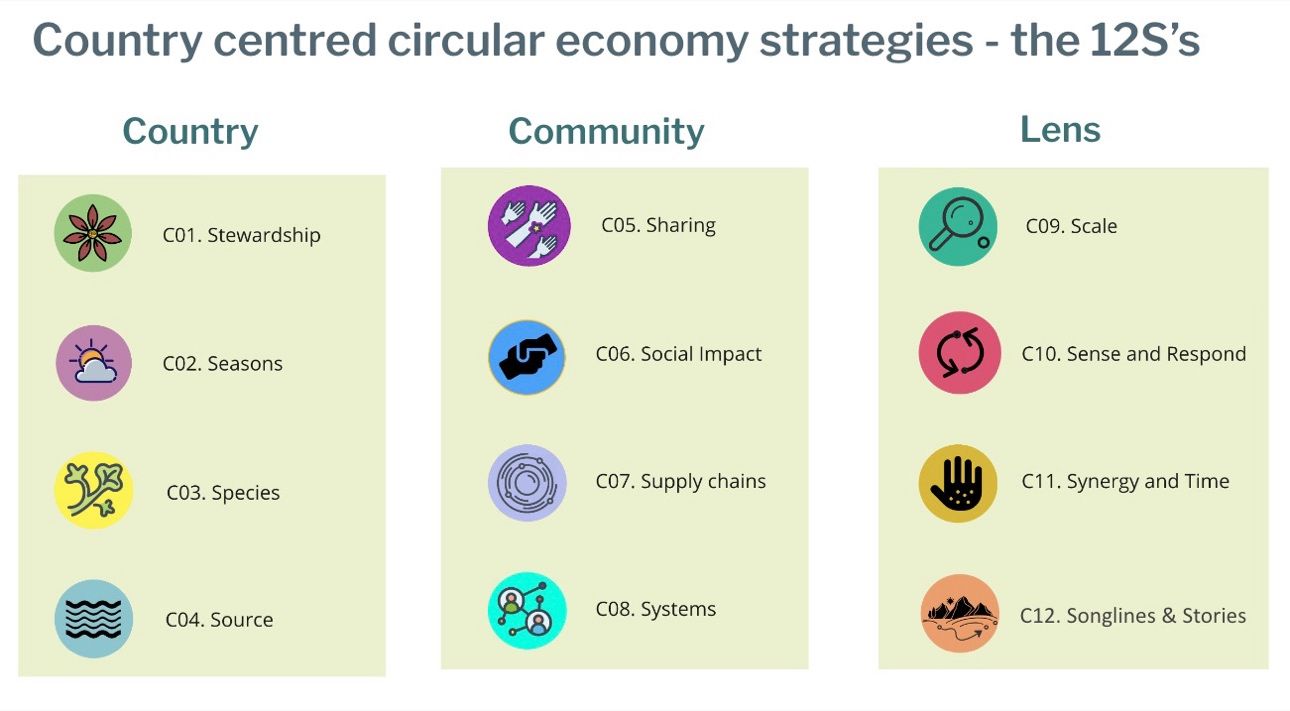
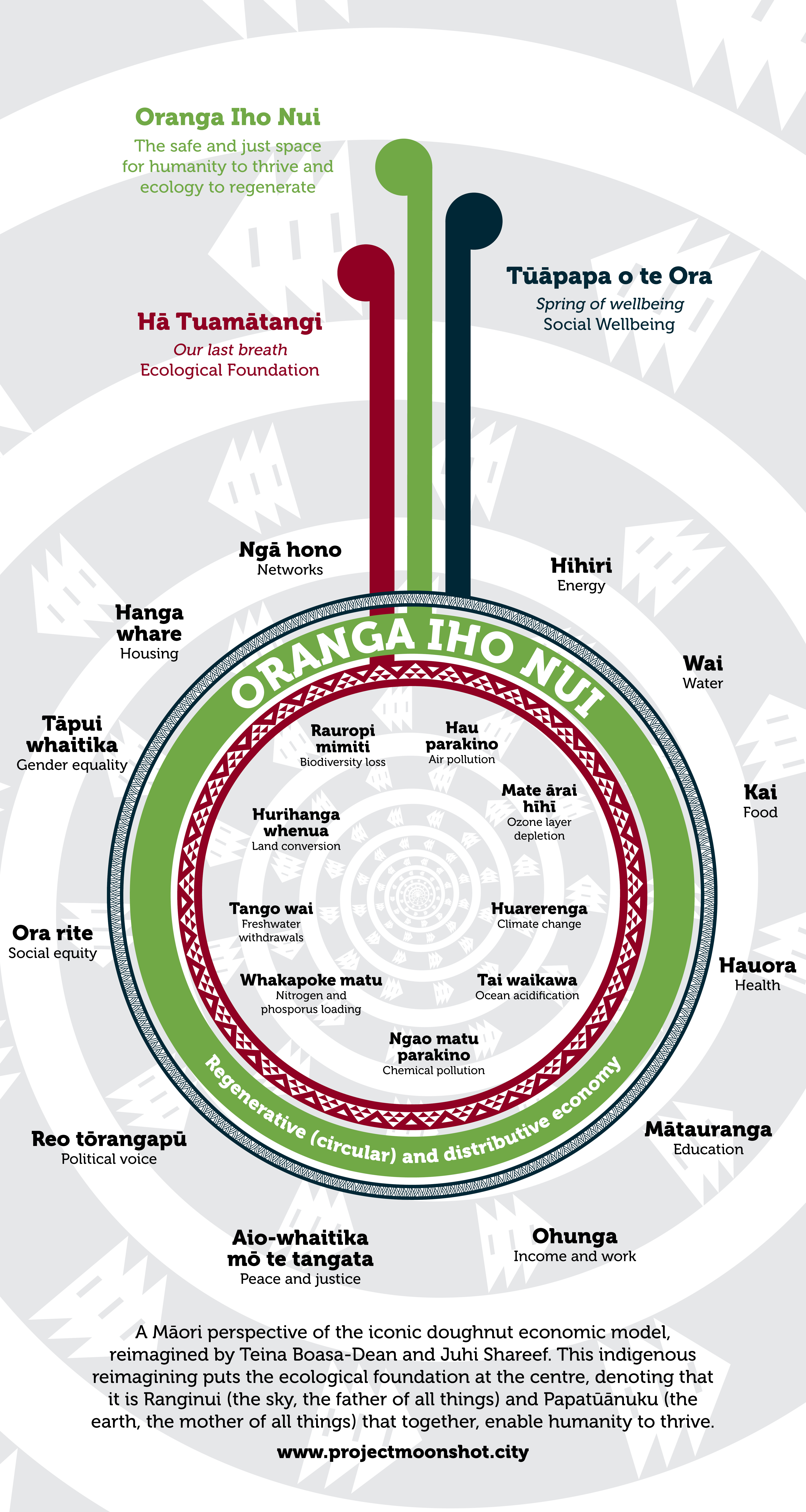
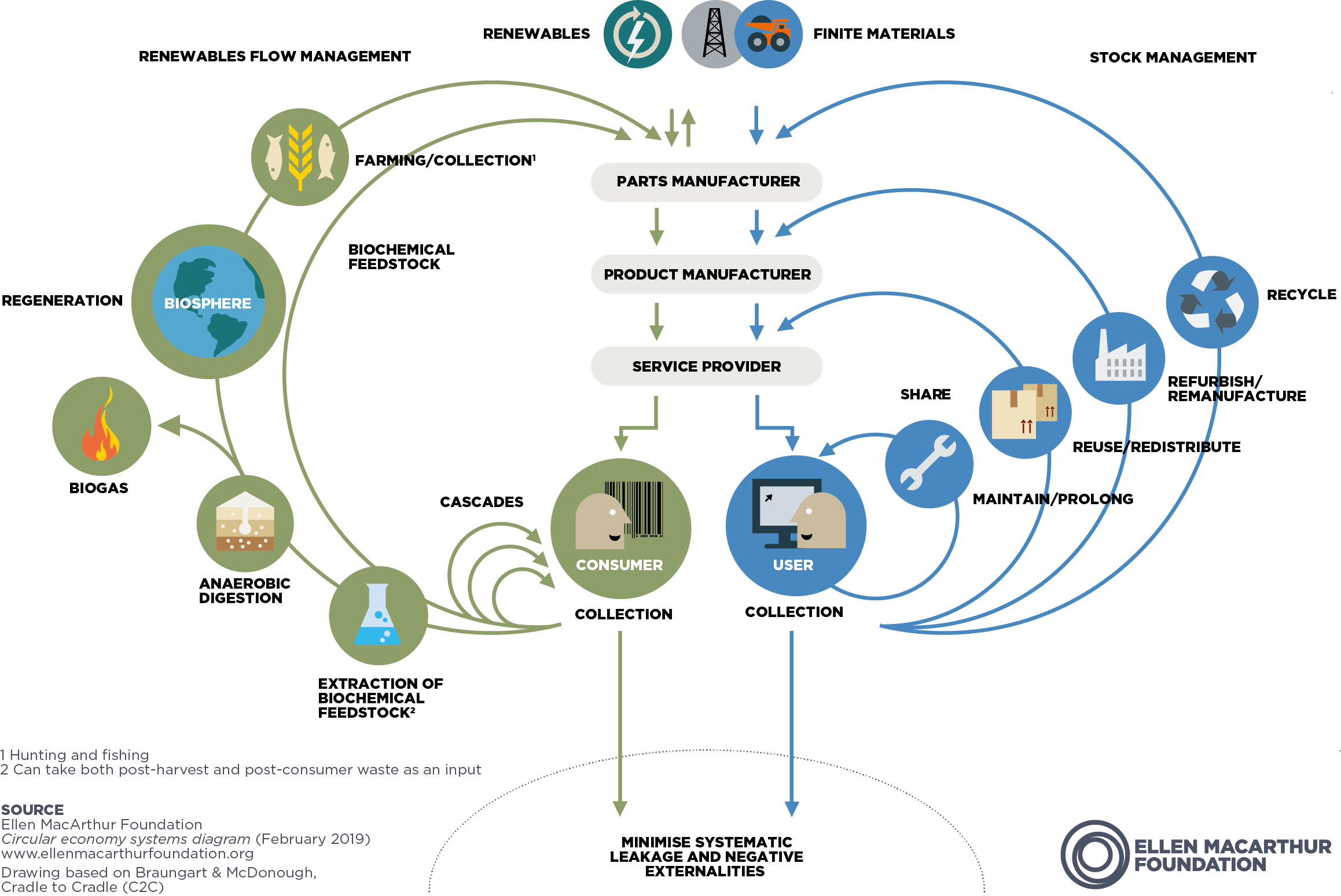









 2 minutes
2 minutes